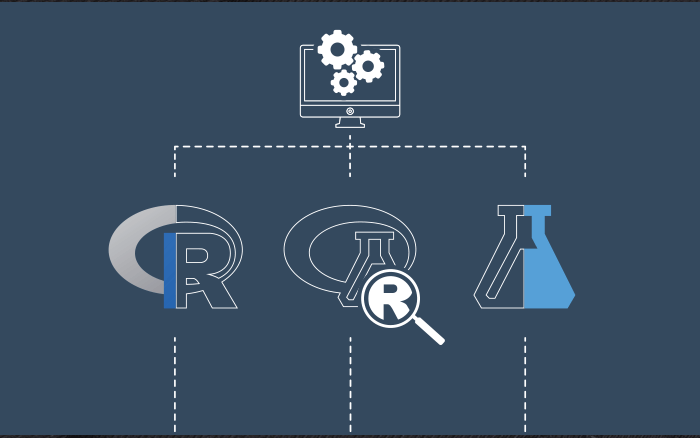
Loading data from a CSV file in the local directory in R is a simple process that can be done using the read.csv() function. In this essay, we will go over the steps needed to load data from a CSV file in the local directory in R.
The first step is to locate the CSV file in the local directory. It’s important to make sure that the file is in a directory that R can access. This can be done by using the “getwd()” function to check the current working directory and the “setwd()” function to change the working directory if needed.
Once the file is located, the next step is to use the read.csv() function to load the data. The read.csv() function takes the file path as its argument and returns a data frame that contains the data in the CSV file.
The read.csv() function has many optional arguments that can be used to customize the loading process. For example, the “header” argument can be set to “TRUE” or “FALSE” to indicate whether the first row of the CSV file contains the column names. The “sep” argument can be used to specify the delimiter that separates the values in the CSV file.
It’s important to note that when loading data from a CSV file in R, the data is automatically converted into a data frame. Data frames are a type of data structure that can be used to store and manipulate data in R. They are similar to tables in a relational database and can be used to perform various operations such as filtering, sorting, and aggregating data.
In conclusion, loading data from a CSV file in the local directory in R is a simple process that can be done using the read.csv() function. The read.csv() function takes the file path as its argument and returns a data frame that contains the data in the CSV file. It’s important to make sure that the file is in a directory that R can access. Additionally, the read.csv() function has many optional arguments that can be used to customize the loading process, such as the “header” argument to indicate whether the first row of the CSV file contains the column names and the “sep” argument to specify the delimiter that separates the values in the CSV file. It’s also important to note that when loading data from a CSV file in R, the data is automatically converted into a data frame, which can be used to store and manipulate data in R. Data frames are similar to tables in a relational database and can be used to perform various operations such as filtering, sorting, and aggregating data. Overall, loading data from a CSV file in the local directory in R is a straightforward process that can be easily accomplished using the read.csv() function and its optional arguments.
In this Applied Machine Learning & Data Science Recipe (Jupyter Notebook), the reader will find the practical use of applied machine learning and data science in Python programming: Load data from a CSV file in the local directory.
What should I learn from this recipe?
You will learn:
- Load data from a CSV file in the local directory.
Load data from a CSV file in the local directory:
Disclaimer: The information and code presented within this recipe/tutorial is only for educational and coaching purposes for beginners and developers. Anyone can practice and apply the recipe/tutorial presented here, but the reader is taking full responsibility for his/her actions. The author (content curator) of this recipe (code / program) has made every effort to ensure the accuracy of the information was correct at time of publication. The author (content curator) does not assume and hereby disclaims any liability to any party for any loss, damage, or disruption caused by errors or omissions, whether such errors or omissions result from accident, negligence, or any other cause. The information presented here could also be found in public knowledge domains.
Learn by Coding: v-Tutorials on Applied Machine Learning and Data Science for Beginners
Latest end-to-end Learn by Coding Projects (Jupyter Notebooks) in Python and R:
Applied Statistics with R for Beginners and Business Professionals
Data Science and Machine Learning Projects in Python: Tabular Data Analytics
Data Science and Machine Learning Projects in R: Tabular Data Analytics
Python Machine Learning & Data Science Recipes: Learn by Coding